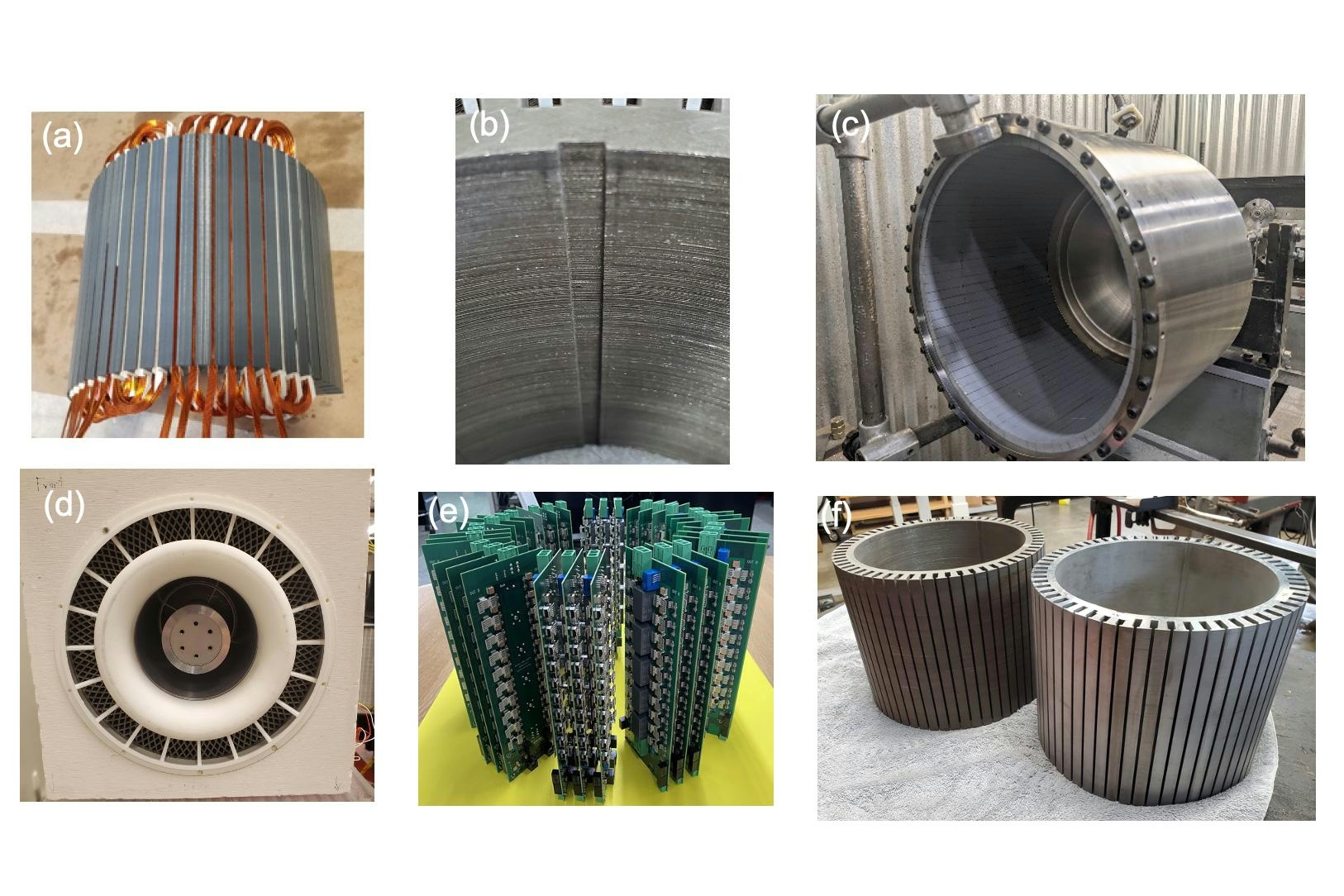
AeroGenie — Your Intelligent Copilot.
Trending
Categories
Sheldon H. Jacobson on the Frequency of Commercial Jet Engine Issues
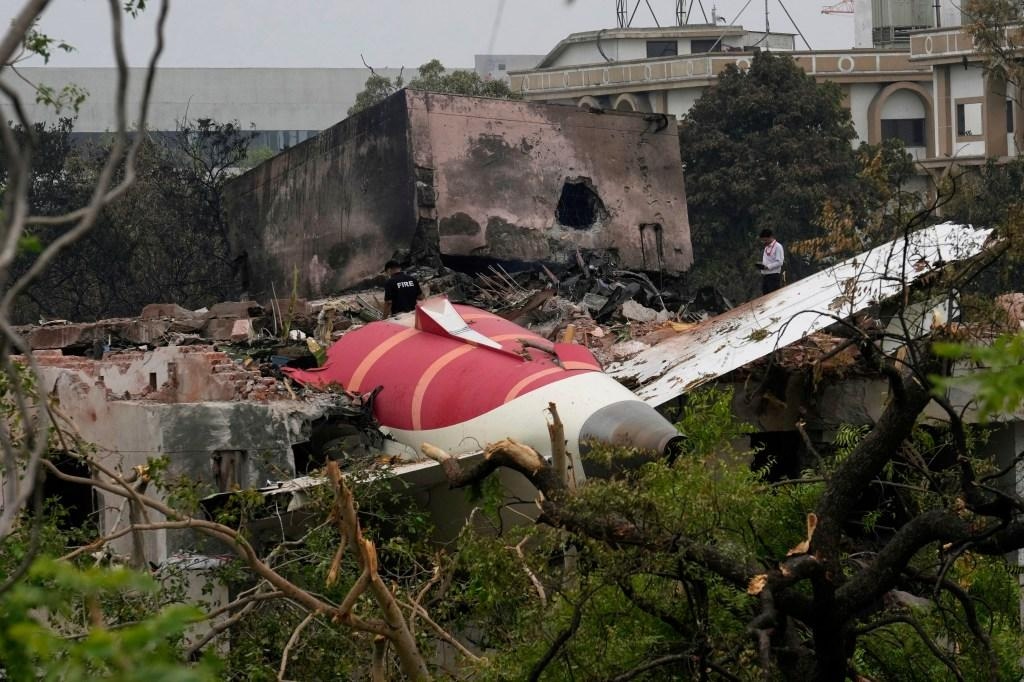
Sheldon H. Jacobson on the Frequency of Commercial Jet Engine Issues
Speculation continues regarding the cause of the Air India crash on June 12, which involved a Boeing 787 Dreamliner reportedly experiencing the highly unlikely failure of both engines. This incident follows a series of notable jet engine malfunctions in 2024, including a Delta Airlines Airbus A330 engine fire during taxiing in April, an American Airlines Boeing 737-800 engine fire in March at Denver International Airport, and a United Airlines Airbus A319 engine fire during takeoff in Houston in February. These events highlight that no airline is entirely immune to engine problems.
The Rarity and Management of Jet Engine Failures
Engine shutdowns during critical phases such as takeoff are particularly hazardous, yet commercial pilots receive extensive training to manage such emergencies. Modern commercial aircraft are engineered to operate safely on a single engine, rendering most single-engine failures non-catastrophic. Data compiled by Boeing on commercial jet accidents from 1959 to 2022 affirm that air travel remains extraordinarily safe.
Publicly available statistics estimate that a jet engine fails approximately once every 375,000 flight hours, which equates to about once every 43 years if an engine were to run continuously. However, this figure can be misleading because engines do not operate nonstop and are subject to stringent, regular maintenance protocols. Airlines optimize aircraft utilization; for example, Southwest Airlines’ fleet of 800 planes conducts over 4,000 flights daily, averaging around five flights per aircraft each day. Engines undergo comprehensive overhauls every 4,000 to 50,000 flight cycles depending on the aircraft type and usage, ensuring high reliability.
Despite these rigorous maintenance schedules, the sheer volume of daily flights means that engine failures, while rare, are not impossible. In the United States alone, more than 27,000 flights operate daily, each typically powered by two engines. Assuming an average flight duration of two hours, jet engines collectively accumulate approximately 108,000 flight hours per day. Statistically, this translates to a potential engine failure every three to four days—a frequency that may appear high but reflects the immense scale of global aviation operations.
Industry Challenges and Market Implications
Sheldon H. Jacobson’s analysis underscores not only the infrequency of in-flight engine failures but also the mounting challenges confronting the aviation industry. Increasing maintenance demands and potential supply chain disruptions are exerting pressure on both airlines and manufacturers. The market for midlife aircraft engines is particularly strained, with high demand and extended overhaul timelines complicating maintenance schedules, as reported by the Aviation Week Network.
These operational challenges carry broader market consequences. Heightened scrutiny of engine reliability and safety could lead to increased insurance premiums and elevated operational costs for airlines. In response, engine manufacturers such as CFM International and Pratt & Whitney are expected to accelerate investments in advanced technologies aimed at improving engine durability and efficiency. These efforts are critical to maintaining market share amid intensifying competition.
While recent incidents have brought jet engine reliability into sharper focus, available data confirm that such failures remain exceedingly rare due to rigorous maintenance and engineering standards. Nonetheless, as the aviation sector faces growing operational pressures and market constraints, sustained vigilance and innovation will be vital to preserving the exemplary safety record of commercial air travel.
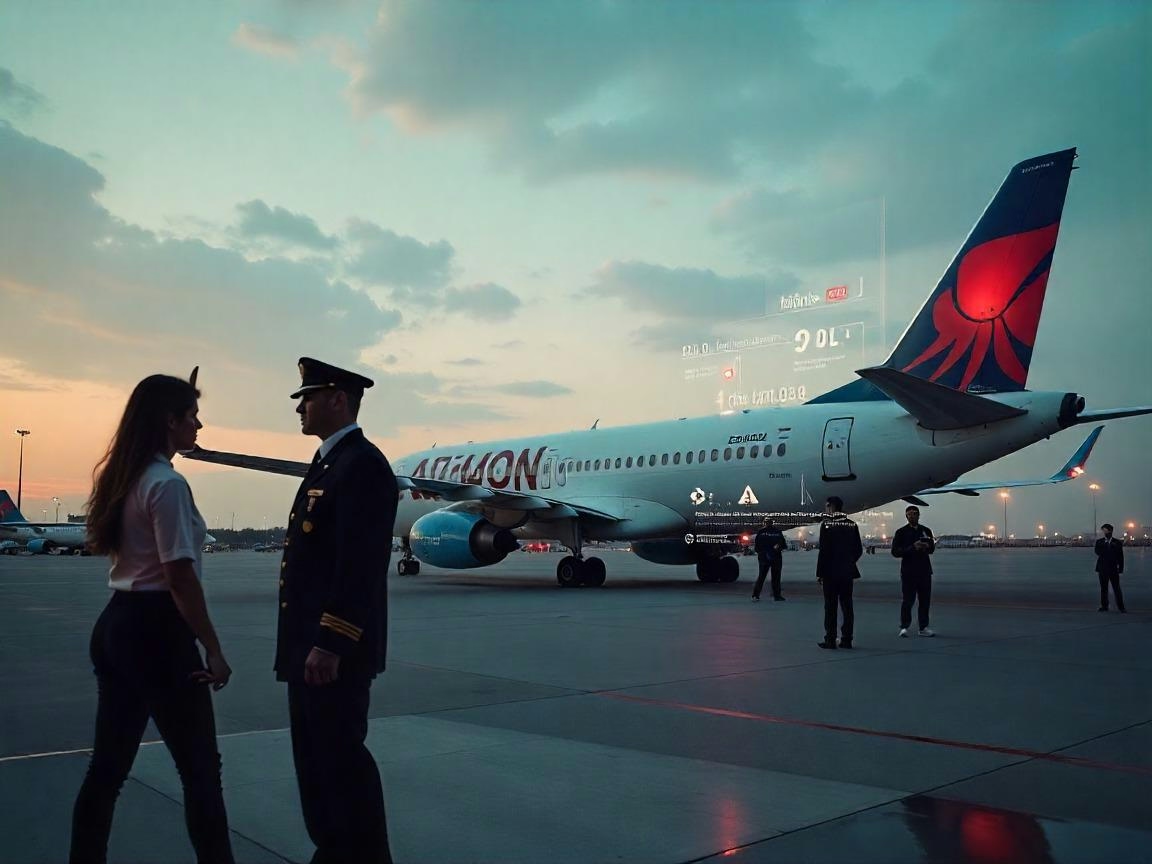
Avion Express Investigates Pilot Allegedly Using Forged Credentials as Captain

Titan Aviation Leasing Sells 737-800 Freighters

VIEWPOINT: The Limits of Dignity in AI and Automation
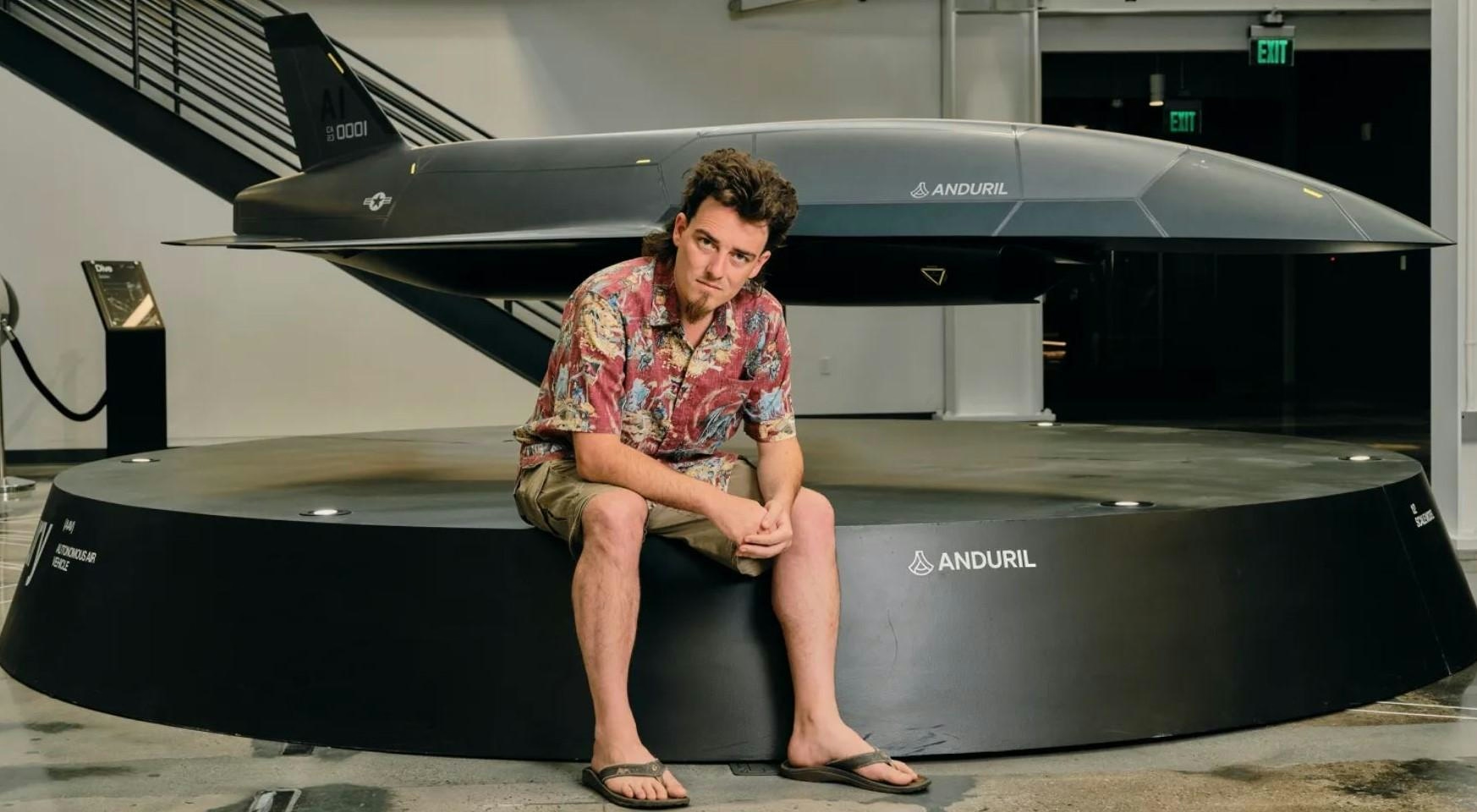
‘Fury’: The AI-Driven Drone Transforming U.S. Military Aviation

Amperity’s AI Enhances Personalization in Travel for Hotels and Airlines
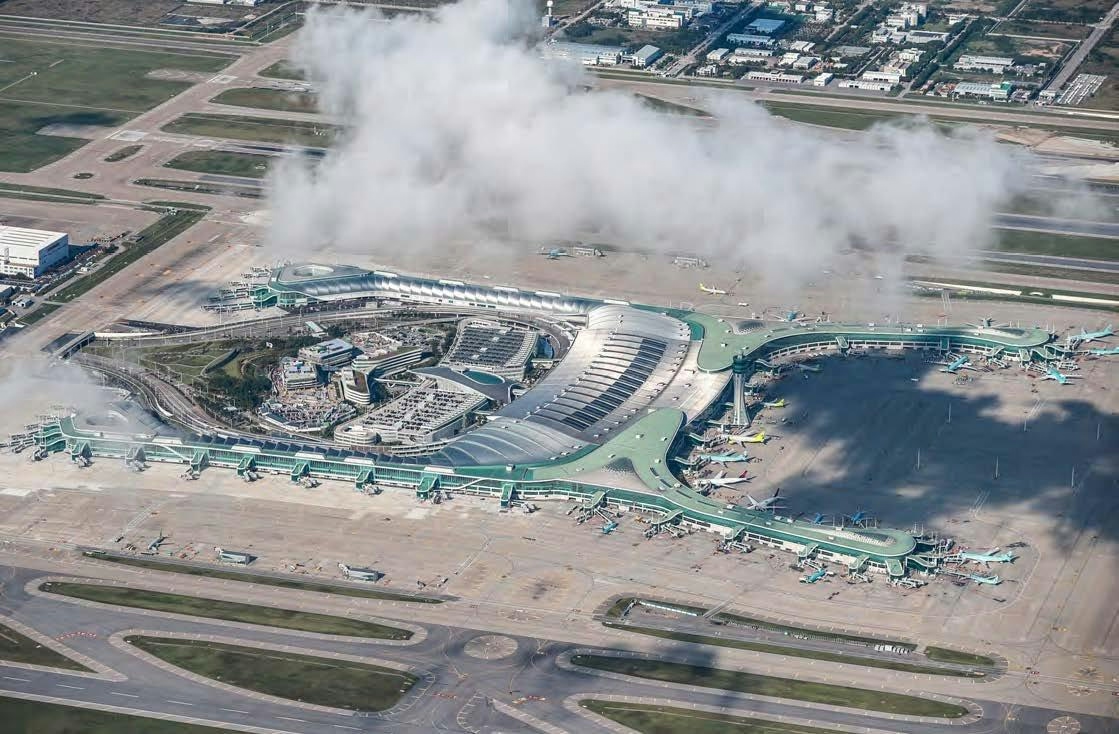
Incheon Airport Seeks Operator for Aviation AI Innovation Hub
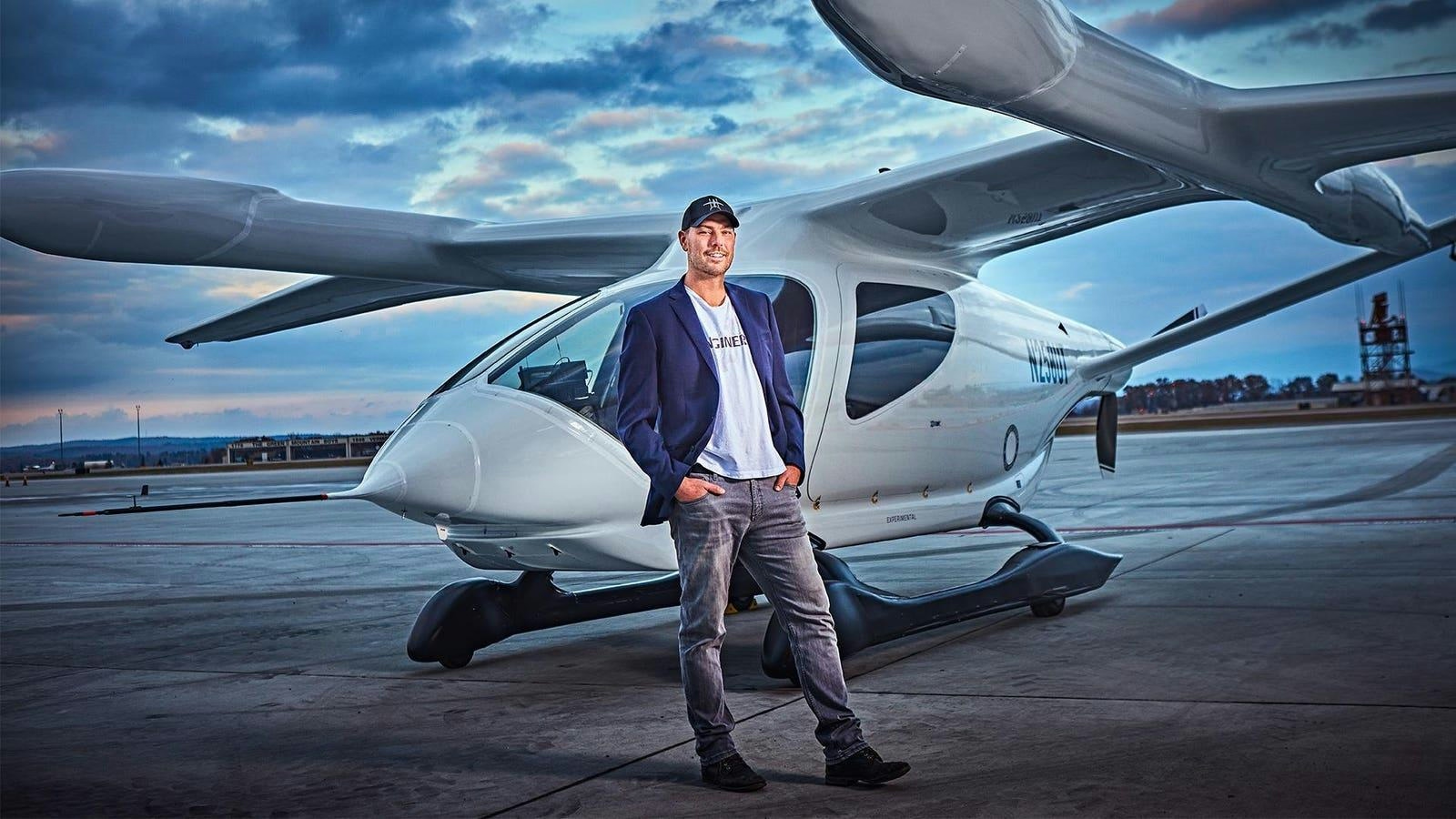
Flat-Wing Aircraft Poised to Transform Aviation and Reduce Emissions
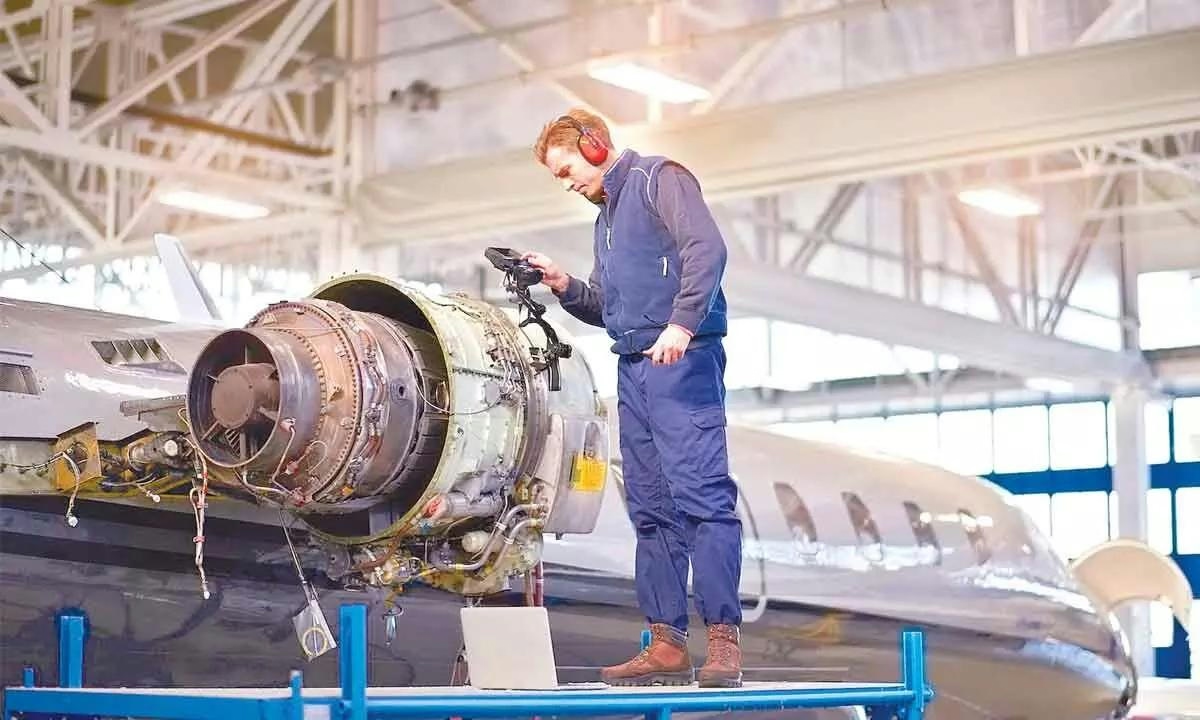
An Aerospace Engineer on Why Software Must Meet Space-Grade Standards
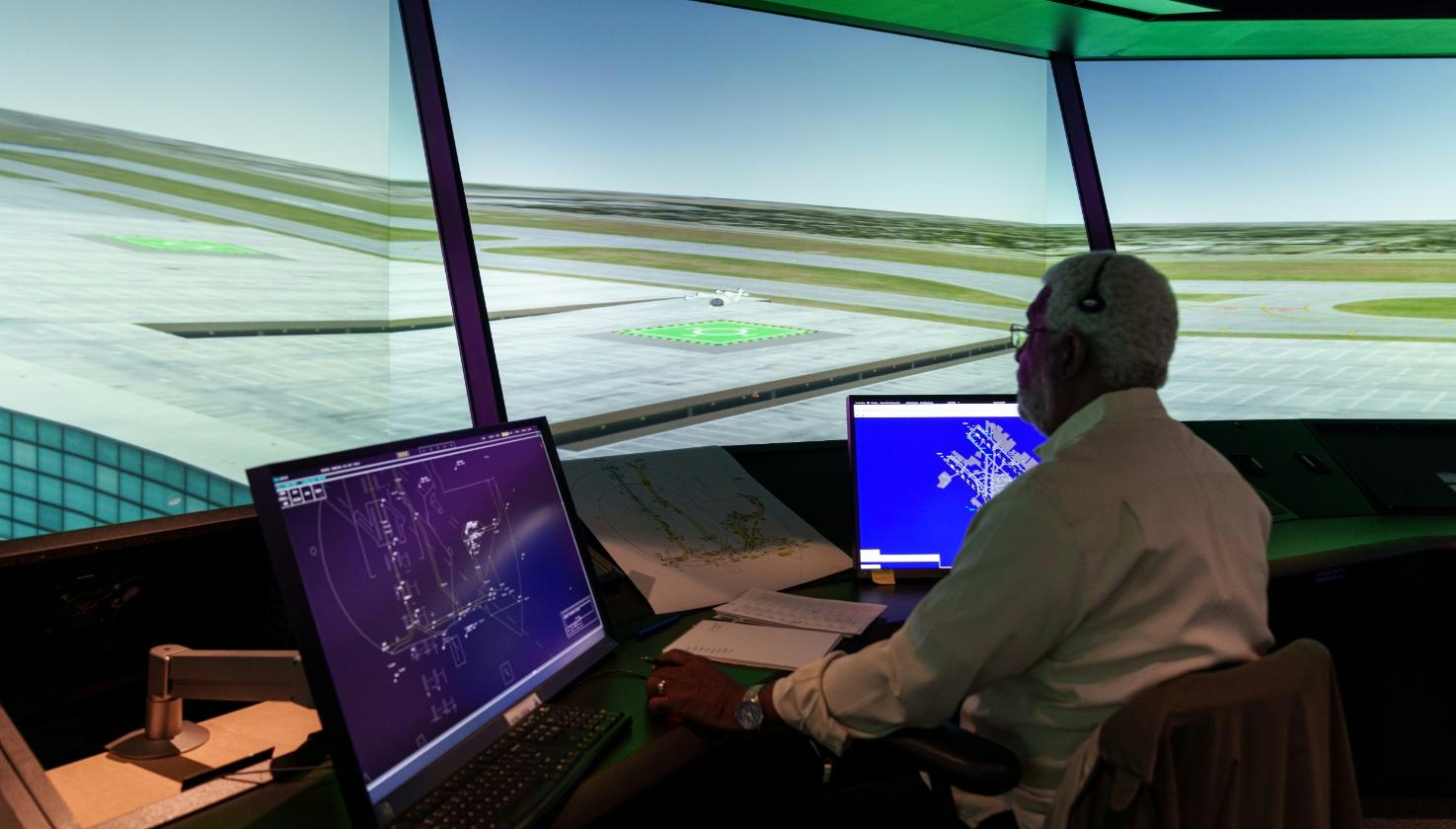
University of Bristol and Skyportz Collaborate on Air Taxi Vertipad Noise Study
